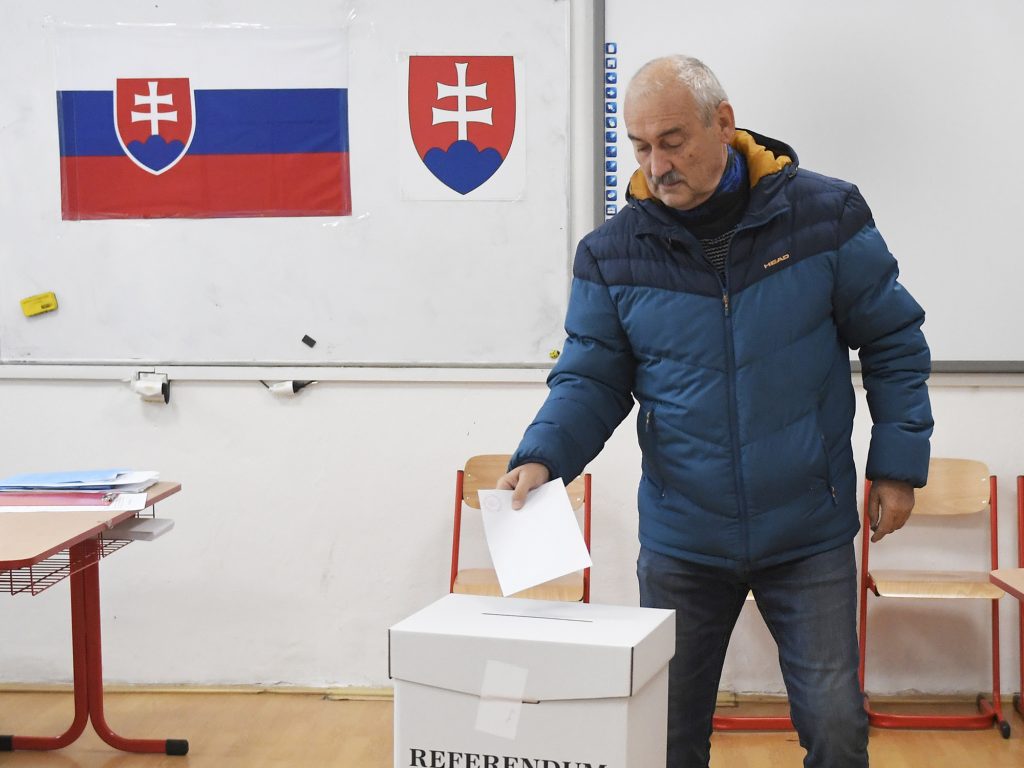Slovakia will head to the polls on September 30, 2023, for early parliamentary elections following the collapse of the conservative government led by the Ordinary People and Independent Personalities (OLANO) party’s Eduard Heger. This election has the potential to return populist candidate Robert Fico’s Direction-Social Democracy (Smer-SD) to power, raising questions about Slovakia’s Euro-Atlantic future and support for Ukraine.
Ahead of the elections, the Europe Center is answering those questions and breaking down the leading parties and issues to know.
How did we get here?
What is the electoral process?
Elections for Slovakia’s National Council are held every four years (except when early elections are called) to appoint the 150-representative body. Slovakia employs a proportional representation system in which parties or coalitions submit a list of candidates ahead of the election, and voters select up to four candidates on one list. To win any seats in the National Council, parties must earn more than five percent of the vote, and coalitions must earn more than seven percent of the vote.
Who is Robert Fico?
Robert Fico leads the center-left Smer-SD party. He has served as Slovakia’s prime minister twice: from 2006 to 2010 and from 2012 to 2018. He resigned in 2018 following the murder of investigative reporter Ján Kuciak and his fiancée, Martina Kušnírová, which led to mass protests in Bratislava against high-level corruption. Kuciak’s last story, published posthumously, alleges business ties between two of Fico’s senior government advisors and businessmen whom Kuciak linked back to the ‘Ndrangheta organized crime syndicate. Despite Smer-SD’s retreat in 2018, Fico’s party has led the polls since March 2023.
What do the polls say?
“The polls are still projecting Fico’s Smer-SD to win the upcoming elections and to succeed in forming the governing majority in the parliament. According to current prospects, Fico would have three different coalition options, including one with a constitutional majority if Smer-SD would be joined by Hlas, the Slovak National Party (SNS), and the We Are Family party.
“Yet, the gap between Smer-SD and main liberal contender Progressive Slovakia (PS) is narrowing, with latest polls indicating a difference between 1 and 3 percent. Importantly, Slovakia is known to have quite an important part of the electorate deciding during the week of elections. Given how tight the race is, it can really go both ways. In particular, people who want to avoid having Fico back—or rather seeing Fico 2.0—are extremely motivated. The question is whether it’ll be enough. Fico and his likes have ground to build upon with the Slovak population, since it is one of the most pro-Russian populations and one of the populations most widely hit by disinformation among the Central and Eastern European countries, rivaled only by Bulgaria.
“If Smer-SD and PS are neck-and-neck in the lead, their abilities to form the government will depend mainly on the performance of the other parties. This is true especially for PS, which has weaker coalition potential compared to Smer-SD. Former President Andrej Kiska recently appealed to electors to distribute votes more among other politically aligned parties, as some are polling around the 5 percent threshold. PS may score a great result but to no avail if partners don’t make it into the parliament. This is what happened to former Czech Prime Minister Andrej Babiš, when he vacuumed up the votes of his partners during 2021 elections.
“If returning to power, Fico will probably remain pragmatic in matters related to the European Union (EU) but less so regarding NATO and transatlantic cooperation. A Fico government may have a direct impact on the NATO battlegroup deployed in Slovakia. These are truly consequential elections. Results can not only change Slovakia’s trajectory but also help reshape the whole region. The group of those challenging support of Ukraine and liberal values will span further across the continent and form a cluster reminiscent of a part of one former empire: Hungary, Slovakia, (to a certain extent) Austria, and parts of the Balkans.”
—Petr Tůma is a visiting fellow with the Atlantic Council’s Europe Center.
What does this election mean for Slovakia’s Euro-Atlantic future?
“Fico—the rightist, EU- and NATO-skeptic political leader—has a strong chance of forming a ruling coalition after September 30. As prime minister, Fico may well act on his campaign rhetoric and pull Slovak support for Ukraine. In his most recent stint as prime minister (2012 to 2018), Fico maintained support for EU sanctions against Russia, imposed after Russia’s 2014 invasion of Ukraine. However, many observers in the region and in Slovakia say that Fico has since moved further to the right and toward a more openly pro-Russian position, resembling that of Hungarian Prime Minister Viktor Orbán. Under Fico’s rule, Slovakia could conceivably join Orbán’s Hungary in nationalist, hard-right, Vladimir Putin-friendly opposition to mainstream European thinking (an odd couple, given that Orbán’s own nationalist agenda has an anti-Slovak element).
“Much will depend on the electoral math: i.e., the number of parliamentary delegates that Fico will need to put together a governing coalition. The chances of a hard-right, NATO- and EU-skeptic shift in Slovak policy would rise should Fico form a coalition with a far-right party. Mitigating factors include Fico’s reputation for cynicism and pragmatic (or transactional) deals. As prime minister, he could, for example, announce no further Slovak weapons transfers to Ukraine without seeking to block EU support for Ukraine. Fico may not want to endanger the significant financial support that Slovakia still receives from the EU.
“Electoral victories by rightist, nationalist parties have occurred throughout Europe. In some cases, e.g., Italy, such governments maintained support for Ukraine and kept a generally NATO- and EU-oriented foreign policy stance. The Biden Administration will probably reach out to a Fico-led government, or any new Slovak government, seeking to find a stable point from which to maintain Slovakia’s generally pro-Western orientation.”
—Daniel Fried is the Weiser Family distinguished fellow at the Atlantic Council and a former US ambassador to Poland.
Who are the parties to watch?
Direction – Social Democracy (Smer-SD)
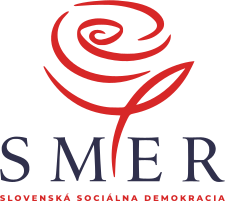
Orientation: Nationalist populist
Leader: Robert Fico, who was prime minister from July 2006 to July 2010 and from April 2012 to March 2018.
European Parliament Group: Progressive Alliance of Socialists and Democrats
History: Started in 1999 by Robert Fico, Smer-SD has been a leading party in Slovak politics since 2006, when it was a part of two successive two-party governing coalitions and one single-party government. Smer-SD lost power after mass protests connected to the murder of Ján Kuciak and persistent allegations of corruption.
Priorities: Smer-SD calls for an end to military aid to Ukraine, eliminating sanctions against Russia, and strengthening Slovakia’s relationship with China. The party has been criticized for making anti-LGBTQI+ and anti-minority remarks and policy proposals. Smer-SD also supports a strong welfare state and government intervention in economic matters.
Progressive Slovakia (PS)

Orientation: Center-left; liberal
Leader: Michal Šimečka
European Parliament Group: Renew Europe
History: PS first registered in 2017 but gained traction in 2018 after winning the Bratislava municipal elections. Ivan Štefunko, the party’s first chairman, views the left-right political spectrum as being obsolete, instead aiming for the party to be broadly centrist and liberal.
Priorities: PS’s priorities include continued support for EU integration; social progressivism; combating corruption in state bureaucracy, the private sector, and the judiciary; and combating misinformation.
Voice–Social Democracy (Hlas)
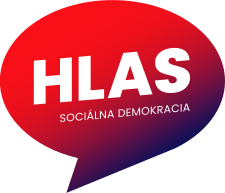
Orientation: Center-left
Leader: Peter Pellegrini, who was prime minister from March 2018 to March 2020.
European Parliament Group: Associated with the Party of European Socialists
History: Created as an offshoot of Smer-SD by former Prime Minister Pellegrini in 2020, Hlas continues Smer-SD’s legacy by supporting social democratic economic principles, but it takes a softer line on social issues. Hlas is a member of the Party of European Socialists.
Priorities: Hlas supports expanding the Slovak welfare state and accelerating European integration. Hlas also supports continued aid to Ukraine and sanctions on Russia. The party is generally not vocal regarding social issues but rejects right-wing populism and extremism.
Republic
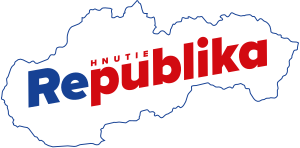
Orientation: Far-right
Leader: Milan Uhrík
European Parliament Group: Non-Inscrits
History: Republic was founded in March 2021 by Milan Uhrík and former members of the far-right People’s Party Our Slovakia (LSNS), when they took over and renamed the Voice of the People Party.
Priorities: The party advocates for military neutrality, potentially through a referendum to withdraw Slovakia from NATO, and against sending military aid to Ukraine. The party further upholds a staunchly anti-LGBTQI+ and anti-immigrant platform.
Ordinary People and Independent Personalities (OLANO)
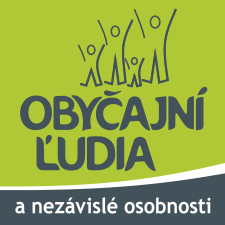
Orientation: Conservative
Leader: Igor Matovič, who was prime minister from March 2020 to March 2021.
European Parliament Group: European People’s Party
History: OLANO was founded as an anti-establishment party in 2011. It won the parliamentary elections in 2020 and formed a four-party ruling coalition.
Priorities: OLANO’s main political priorities relate to combating corruption. Though opinions vary within the party regarding social issues, OLANO generally advocates for stricter immigration policy, and some of the party’s politicians have opposed measures that support LGBTQI+ rights.
Christian Democratic Movement (KDH)

Orientation: Center-right
Leader: Milan Majersky
European Parliament Group: European People’s Party
History: KDH has been prominent in Slovak politics since 2012, when it won about 9 percent of the popular vote in the parliamentary election, making it the second largest party and biggest challenger to the conventionally dominant Smer-SD. In the 2016 parliamentary election, the party won less than 5 percent of the vote and lost all of its seats.
Priorities: KDH favors strict immigration policy and “traditional lifestyles.”
Freedom and Solidarity (SASKA)
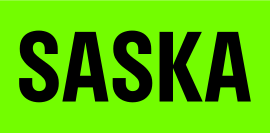
Orientation: Liberal; capitalist
Leader: Richard Sulík, who was formerly the finance minister in Heger’s government.
European Parliament Group: European Conservatives and Reformists
History: Freedom and Solidary was founded in 2009 by Richard Sulík, an economist who created Slovakia’s flat tax system. The party’s mission statement centers on individuals’ personal and economic freedom.
Priorities: SASKA is pro-EU with regards to the single market and free movement within the Schengen area while taking on a more Euroskeptic line with regards to EU bureaucracy and supranational governing structures. The party seeks to limit public debt, market regulations, and state intervention in economic matters more generally. SASKA advocates for social libertarianism, supporting issues like drug liberalization and gay marriage.
Democrats
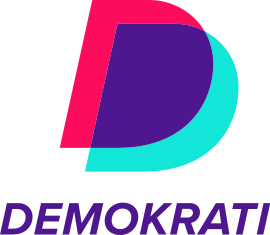
Orientation: Liberal-centrist
Leader: Eduard Heger, who was prime minister from April 2021 to May 2023.
European Parliament Group: European People’s Party
History: In early 2023, then Prime Minister Eduard Heger, formerly of OLANO, founded the Democrats alongside former Defense Minister Jaroslav Nad’ and former Foreign Minister Rastislav Káčer.
Priorities: The Democrats party is pro-EU, pro-NATO, and supports continued aid to Ukraine, and economic and social liberalization.
What are the top issues driving voters to the polls?
Ukraine and Russia
Slovakia has been a strong supporter of Ukraine throughout the war, providing both humanitarian and military aid and taking-in over one hundred thousand refugees. Slovakia has also taken a hard line against Russia, urging the EU to enforce its sanctions against Russia, limiting Russia’s diplomatic presence in Slovakia, and even formally designating Russia as a “state sponsor of terrorism.” However, recent polls reflect Slovakia’s growing pro-Putin tilt amongst certain voters, with a growing number of Slovaks not supporting continued military aid to Ukraine, and with 60 percent disapproving of Slovakia’s decision to give Ukraine MiG-29 fighter jets.
Corruption
Corruption is a deep-rooted issue within Slovakia, with the issue’s contemporary manifestations being an unbroken continuation of decades-old corrupt practices prior to the fall of communism in the former state of Czechoslovakia. Though efforts have been made to limit the prevalence of corruption in recent years, its negative impacts are still felt across the country, including in the judicial system, law enforcement, and state bureaucracy. The 2018 murder of Ján Kuciak and his fiancée caused mass protests that eventually led to Fico’s resignation as prime minister and triggered a larger reckoning about the state of corruption in Slovakia.
Economy
The Slovak economy had a slow start after the fall of Communist and Soviet rule in 1989, exacerbated by the authoritarian rule of Prime Minister Vladimír Mečiar through much of the 1990s. Under the government of center-right/liberal Prime Minister Mikuláš Dzurinda, economic growth shot up, fueled by foreign investment. The 2008 Global Financial Crisis hit Slovakia hard, as did the COVID-19 pandemic.
Slovakia’s gross domestic product (GDP) is expected to grow by 1.7 percent in 2023, which is higher than EU GDP growth of just 1 percent. Unemployment is expected to fall from 6.2 percent to 5.7 percent in 2023, though inflation remains a deeply pressing issue. Experts forecast inflation to rise to 10.9 percent in 2023 and 5.7 percent in 2024. The change is associated with the convergence of energy prices with market prices, following price fixing in 2022. New measures aimed at curbing high energy prices are expected to lead to an increase in the public deficit to 6.1 percent of GDP in 2023.
What does this election mean for Slovakia’s support of Ukraine?
In an interview with Politico, Čaputová warned that the September vote may bring about a government that may chip away at or even reverse Slovakia’s steadfast support for Ukraine. The country supplied Ukraine with its entire fleet of thirteen Soviet-era MiG-29 fighter jets, making it the second member of NATO to deliver planes for Ukraine’s war effort. It has also given temporary protection to over one hundred thousand Ukrainian refugees, according to the UNHCR’s latest reports. Smer-SD is noted for seeking to end Slovakia’s support to Ukraine.
Experts say that the Slovak public’s changing impressions of Russia and Ukraine reflect the spread of pro-Russian disinformation across the country. According to one such expert, local politicians have adopted the language employed by Russian propaganda, amplifying the impact of disinformation. GLOBSEC Trends 2023 found that a third of Slovaks would vote to leave NATO if a referendum were held in the country, and 69 percent of respondents believe the military aid they’re supplying to Ukraine is “provoking Russia,” as opposed to aiding Ukraine’s self-defense.

The Europe Center promotes leadership, strategies, and analysis to ensure a strong, ambitious, and forward-looking transatlantic relationship.
Image: A voter casts his ballot paper into a ballot box at the Park Gymnasium polling station during the constitutional referendum.
